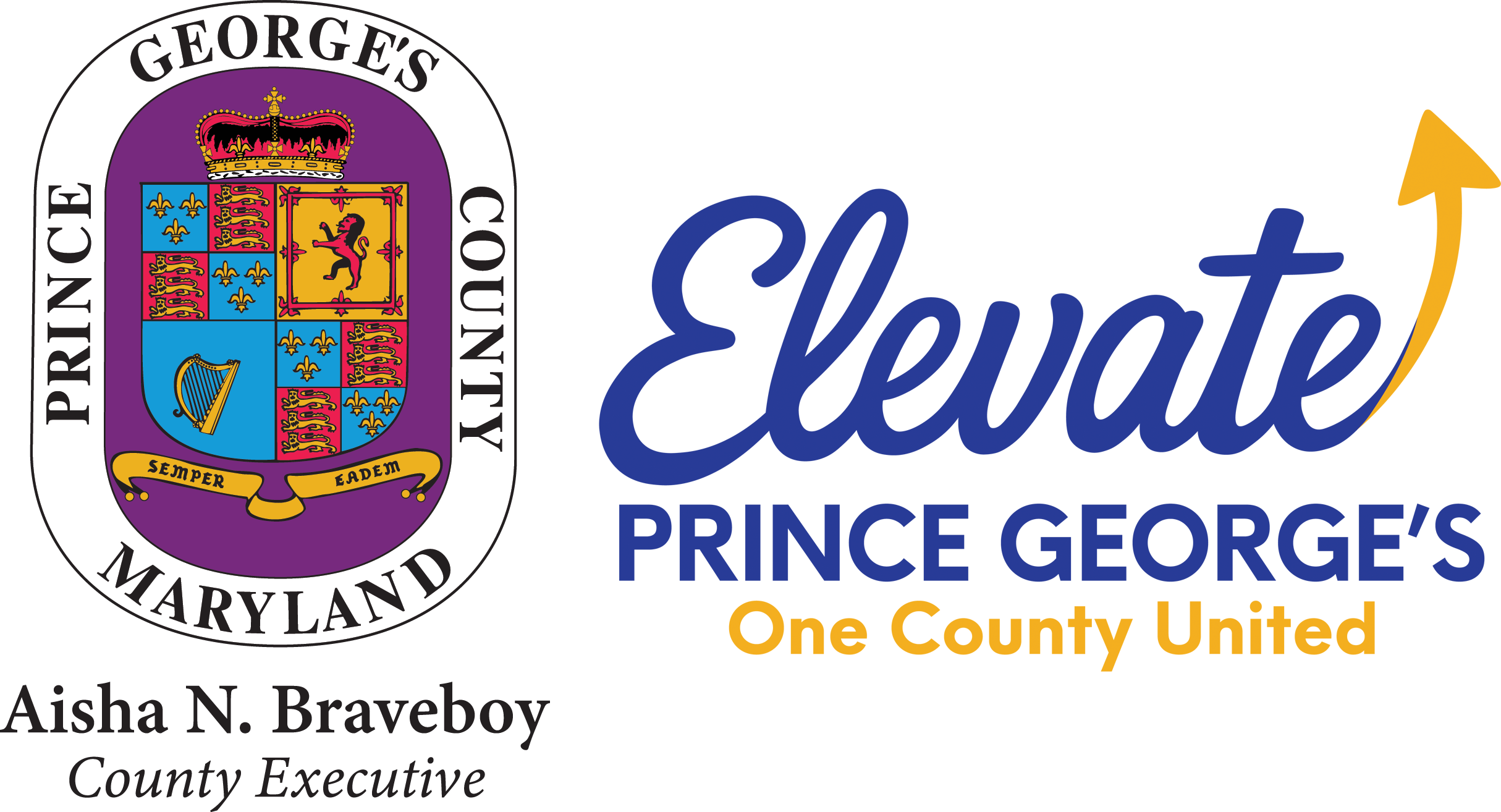
Capital Improvement Projects
Capital Projects Construction
- The Capital Projects Construction Section (CPCS) of the Stormwater Management Division facilitates the construction of all capital improvement projects.
Capital Projects Design
- The Capital Projects Design Section (CPDS) of the Stormwater Management Division develops and manages the design phase of capital improvement projects to enable the project to be constructed in a timely manner in accordance with budget expectations.
Maintenance
The CPDS primary focus is to develop strategies which align with the implementation of the County’s National Pollutant Discharge Elimination System (NPDES), Municipal Separate Storm Sewer System (MS4) permit and the watershed implementation program phase II (WIP II). These projects vary from larger scale opportunities such as pond retrofits and stream restoration, to smaller scale sites suitable for water quality BMP measures such as bioretention, bioswales, submerged gravel wetlands, and reforestation. The CPS also coordinates and advances project inventories through collaborations with the County’s Clean Water Partnership (CWP), with the goal of developing scale and cost efficiencies in the BMPs implemented. The focus of these efforts is achieve environmental uplift with each project in order to improve water quality in the County’s watersheds . Project implementation accomplishments, as well as identified inventories for the overall NPDES permit period are reported on an annual basis to the Maryland Department of the Environment. Water Quality Restoration program highlights are:
Impervious Surface Restoration (ISR) Program Details
- NPDES MS4 Permit mandates – meet 4th Generation Permit mandates to treat and restore 20% (6,105 acres) of the County’s untreated impervious surface, reduce TMDL loads (nitrogen, phosphorous, and sediment) from local waterways and streams.
- Project Selection Filters
- Untreated impervious areas given higher priority
- Highest Load Reduction (TMDL) credit
- Highest MDE ISR Guidance / Highest yield using the current protocol or guidance documents
- Highest IA Treated / Cost (Cost to Benefit Ratio)
- Property Ownership (Public; MNCPPC, Schools, Libraries, County Facilities / Private)
- 12-digit Watershed planning – Stressed Watershed criteria
- Consideration of projected maintenance costs and inspection requirements
- BMP Type (BMP type for treatment area)
- Grants
- Opportunity for Partnering with stakeholders such as MNCPPC, PG Public Schools, DPWT, SHA, WSSC, watershed advocacy groups and non-profits.
